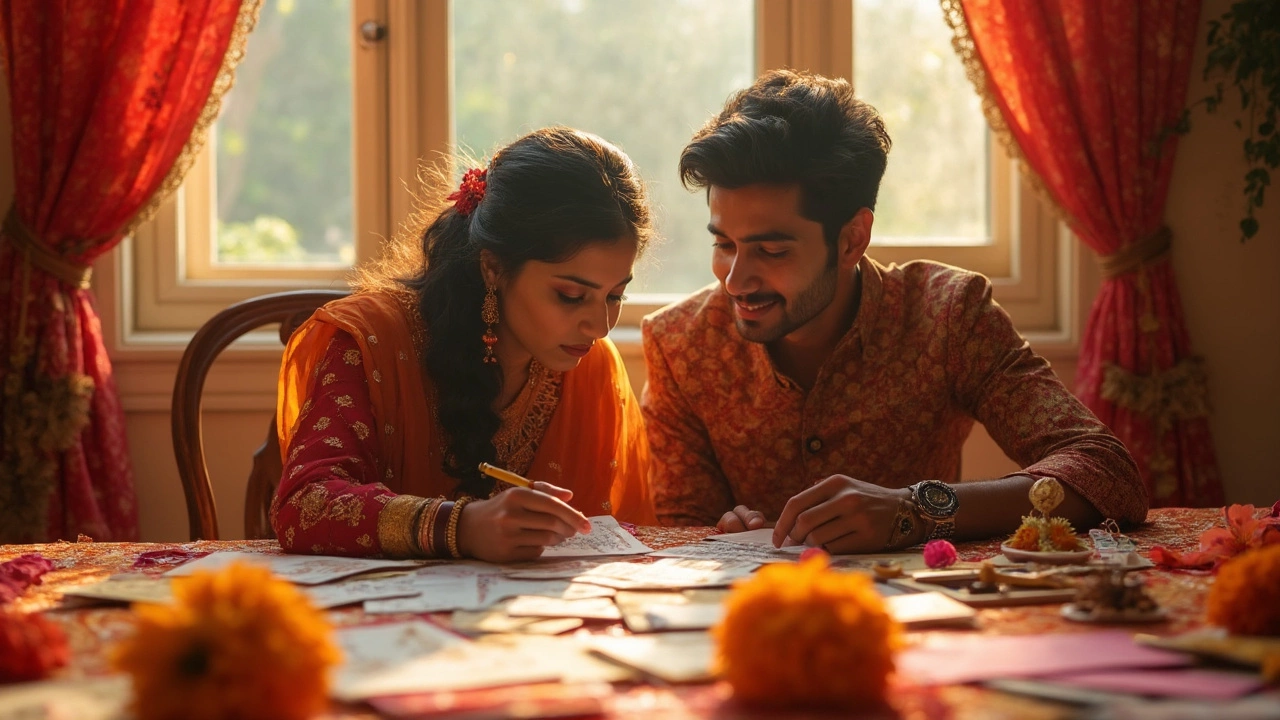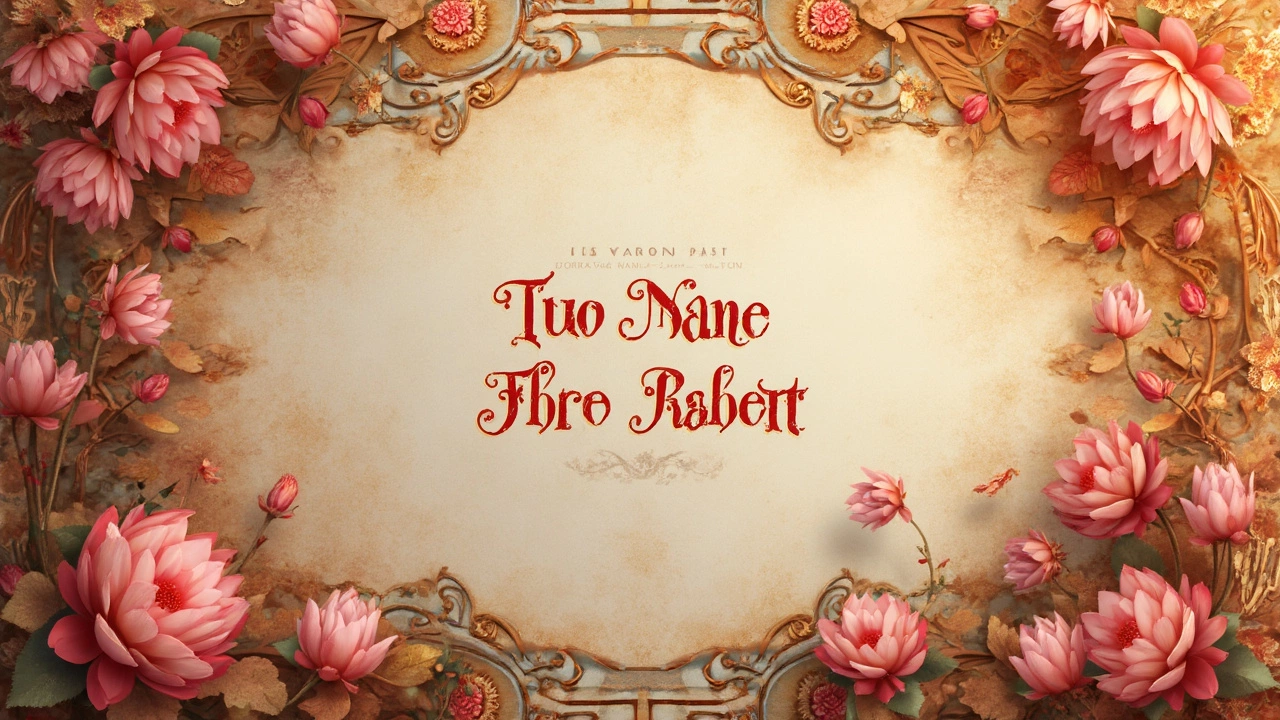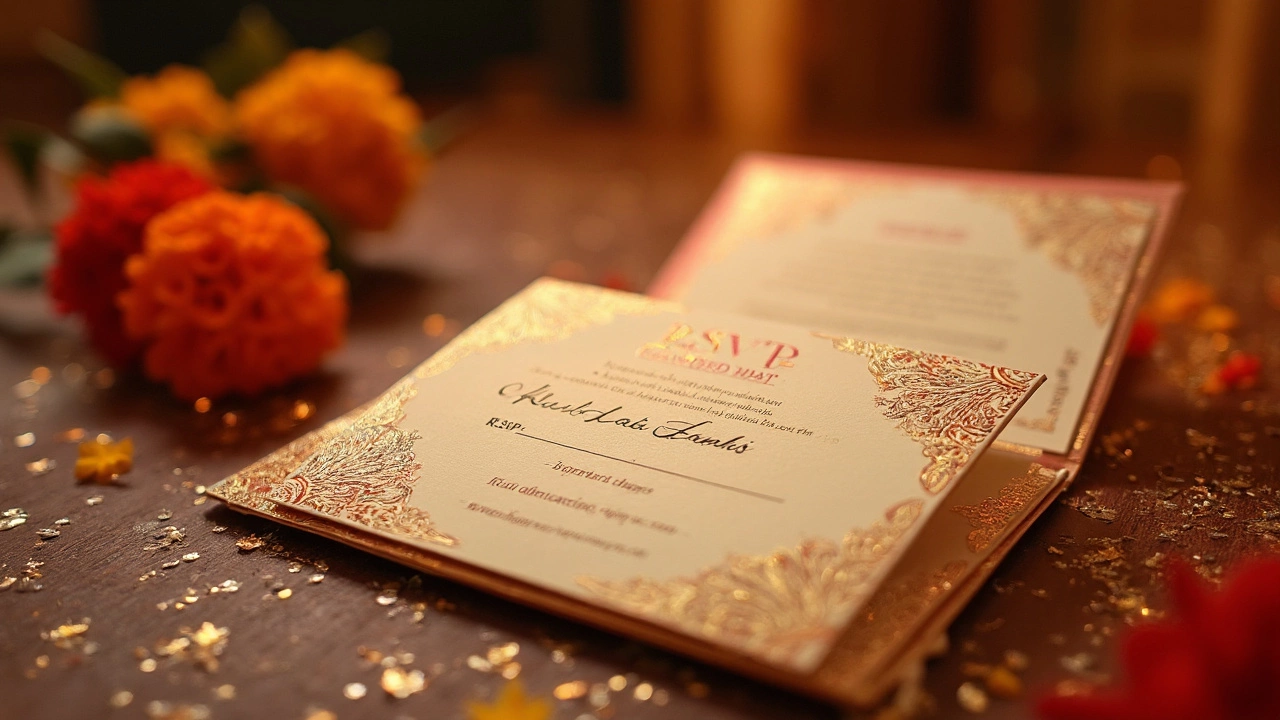Wedding Invitations: Essentials, Etiquette & Timing
When planning Wedding Invitations, the formal paper (or digital card) that tells guests when and where you’ll say “I do,” also known as invite cards, you set the tone for the whole celebration. A well‑crafted invitation does more than share details – it reflects your style, showcases the level of formality, and gives guests a clear call to action. In short, wedding invitations encompass the core details of the event while also hinting at the vibe you’re aiming for.
Why Etiquette and Timing Matter
One of the first things couples grapple with is Wedding Invitation Etiquette, the set of unwritten rules that guide wording, name order, and design choices. For example, traditional etiquette suggests listing the bride’s name first, but modern couples often flip that order to reflect equal partnership or same‑sex unions. Understanding wedding invitation etiquette influences who’s listed first and how titles are presented, helping you avoid awkward family moments. It also ties directly into the look of your invitation – a simple serif font might signal a classic vibe, while a bold script says something entirely different.
Once the wording is settled, the next step is handling the RSVP, the response mechanism that lets you know who will attend. Efficient RSVP management requires clear instructions and a realistic deadline, so you can lock in catering numbers and seating plans. Many couples use an online portal, but a handwritten reply card still feels personal for older guests. The key is to match the RSVP method to your audience while keeping the process straightforward – no one wants a confusing form that leads to missed replies.
The Invitation Wording, the specific language used to convey event details and tone ties both etiquette and RSVP together. From the opening line (“Together with their families…”) to the closing request (“Kindly reply by June 1st”), each sentence serves a purpose. Good wording not only adheres to etiquette but also sets expectations for timing, dress code, and any special instructions like parking or dietary notes. Think of it as the script that guides guests from the moment they see the card to the moment they confirm their attendance.
Timing the mail‑out is another piece of the puzzle. The invitation timeline generally recommends sending cards six to eight weeks before the big day, giving out‑of‑town guests enough leeway to book travel. For destination weddings, pushing the send‑out date to three months ahead is a smart move. Aligning the timeline with your RSVP deadline ensures you collect responses in time to fine‑tune the final guest list.
All these moving parts—etiquette, RSVP, wording, and timing—interlock to create a smooth invitation experience. Below you’ll find a hand‑picked collection of articles that dive deeper into each area, from budgeting for invitations to creative design ideas, and step‑by‑step guides on mastering the RSVP process. Whether you’re a DIY enthusiast or prefer a full‑service vendor, the posts that follow will give you practical insights to make your wedding invitations work for you.
Planning to invite 100 guests to your wedding? This article breaks down the real costs of sending out invitations for that headcount, comparing popular styles and printing options. Get smart about ways to save money without sacrificing style. Discover tips that many couples wish they’d known before ordering. We’ll sort through common add-ons, mistakes, and where you might spot hidden fees.
Wondering about the right time to send out wedding invitations? Effective timing can make a big difference in guest attendance and overall wedding planning. Sending them too early can lead to forgetfulness, while too late might not give guests enough time. This article explores practical advice on timing, plus tips for destination weddings and virtual celebrations.
When planning a wedding, one surprising question is whether it's cheaper to buy or make wedding invitations. DIY invites can be a fun, personal touch, while buying in bulk might save time and stress. Consider time, materials, and personal skills to make your decision. Each option comes with its own pros and cons, so it's important to find what's best for you.
Choosing the name order on wedding invitations might seem small, but it carries deeper traditions and modern meanings. While traditional etiquette places the woman's name first, many couples today choose what feels personal and meaningful. This article explores the reasons behind various choices and offers practical tips for couples navigating this decision. Understanding these nuances helps in designing invitations that truly reflect each couple's unique story.
Ever wondered what the 'D' in RSVP stands for? While many of us see it on wedding invitations, the actual meaning is often misunderstood. Discover the origins, purpose, and best practices for RSVP, especially when it comes to weddings. Help ensure you're always politely responding to invitations with the right etiquette. Learn how to use RSVP effectively to make your wedding planning smoother.
Crafting the ideal wedding invitation requires careful attention to detail and a thoughtful inclusion of information. This article delves into the essential components that should be present in every wedding invite, offering guidance on design, content, and etiquette. From vital details like the date and venue to creative additions such as RSVP cards and dress codes, this guide ensures your invites serve as an accurate preview of your special day. Learn how to transform a simple card into a cornerstone of your wedding experience, creating anticipation and joy among guests.





